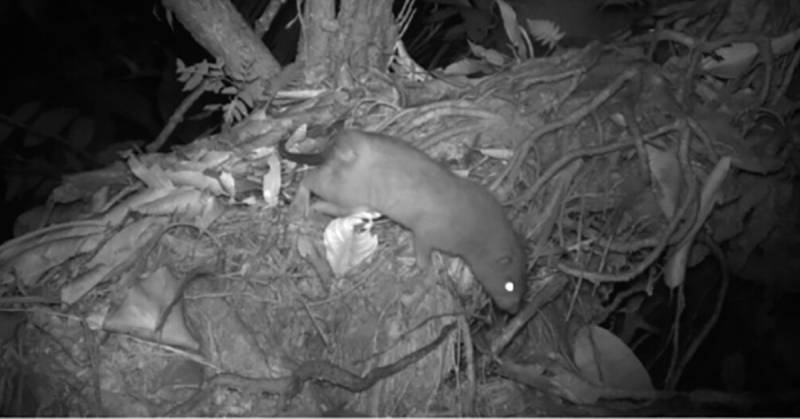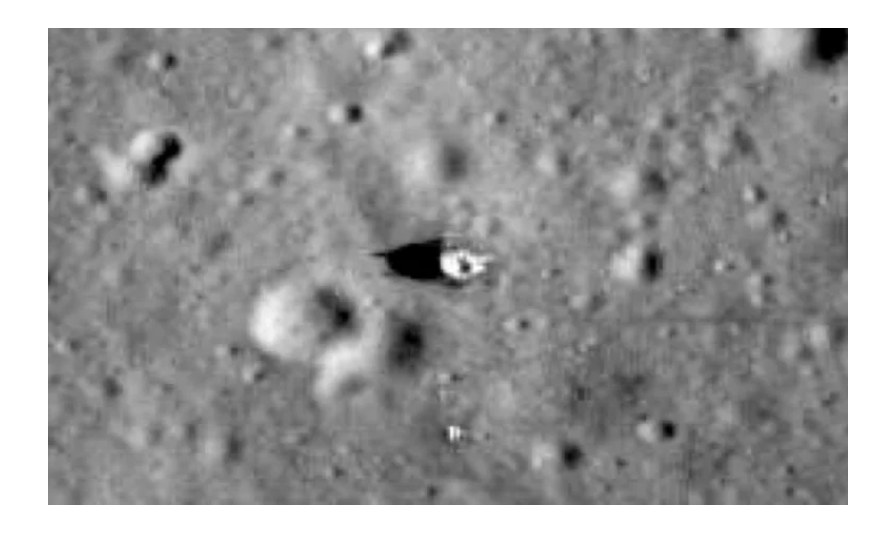The University of Melbourne reports that the species was only recognised from one physical specimen and was first identified in 2017.
Researchers from the University of Melbourne, the Solomon Islands National University, and Zaira Village, Vangunu, have captured images of the massive, highly endangered Uromys vika, a rat that may reach a length of 1.5 feet, using camera traps for the first time. You did really read correctly.
The University of Melbourne reports that the species was only recognised from one physical specimen and was first identified in 2017. At least twice as big as an average rat, the unusual giant rat is reported to be able to gnaw on coconuts with its teeth.
The Vangunu huge rat is the first newly discovered rodent species to be identified from the Solomon Islands in more than 80 years, according to Dr. Tyrone Lavery of the University of Melbourne’s School of Biosciences.
“Capturing images of the Vangunu giant rat for the first time is extremely positive news for this poorly known species. This comes at a critical juncture for the future of Vangunu’s last forests – which the community of Zaira have been fighting to protect from logging for 16 years.”
The Vangunu huge rat inhabits Zaira’s primary forests, and these areas—especially the Dokoso tribal area—represent the sole remaining habitat for the animal, the speaker continued.The Zaira forest has been given permission to log, and if this goes through, the Vangunu huge rat will surely go extinct. This information was known for decades by both anthropologists and mammalogists, but sporadic attempts to properly identify and catalogue this species proved unsuccessful.
Fieldwork was guided by the Vangunu people’s understanding of Uromys vika, says senior author Kevin Sese of the Solomon Islands National University. The University of Melbourne says that they were able to capture 95 images of what turned out to be four different individuals in their forest home by using camera traps.
“We thank the community of Zaira for unwavering commitment to conserve their forests and reefs in the face of continuous attempts to undermine this commitment, and for their support of this research. We hope that these images of U. vika will support efforts to prevent the extinction of this threatened species, and help improve its conservation status,” said Sese.




